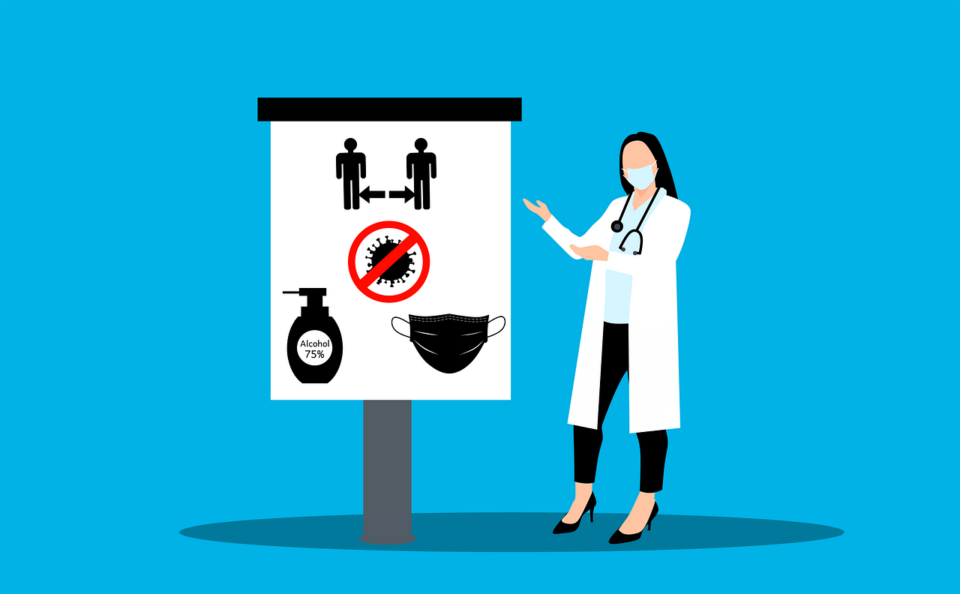In the United States, hospital-acquired infections (HAIs) represent a significant source of healthcare expenditures. According to the Centers for Disease Control and Prevention, at least one in every 25 patients in various healthcare facilities is coping with HAIs on any given day. However, such infections are more than simply a source of additional expenditures; they may also inflict permanent physical injury, increase the price of health-care services, and even cause death.
Here are steps that can assist in minimizing the spread of illness at your healthcare institution.
Personal Protective Equipment
These are protection equipment s that is intended to prevent physicians from being exposed to or coming into contact with potentially infectious pathogens. In addition, personal protective equipment should be available suited for different patient contacts and that successfully safeguards personal clothes and skin from viral contact.
As the first line of defense against the spread of germs, usage of personal protective equipment (PPE), such as gloves, masks, and gowns, must be used.
Medical Equipment
The medical equipment adopted in a healthcare environment is a recognized source of cross-infection; therefore, where you obtain it. Therefore, it is essential to select suppliers that capitalize on the nontoxic packing and delivery. For this reason, Spectrum Plastics group becomes the most reliable health equipment provider for your healthcare facilities.
Additionally, medical linen providers should also offer and sterilize linens since they are a frequent source of infection in the healthcare setting.
Hand Hygiene
Ensuring your hands are clean should be the first step in preventing HAIs. At least 20 seconds should be spent actively washing hands with soap and water. Staff and visitors at the institution must also be reminded to thoroughly clean their hands before and after using the restroom, taking a drink or snack, or giving care to patients.
Hand hygiene is amongst the most crucial actions to avoid the transmission of illnesses among patients and the DHCP staff. When it comes to regular and oral surgical operations, training packages must completely cover the indications and the strategies for hand hygiene activities before beginning the treatment.
Make an Infection-Control Policy
The infection regulation strategy specifies which patients are most at risk of getting or transmitting HAIs. The rule should determine when patients must be isolated or otherwise prevented from contacting other patients or healthcare practitioners. Moreover, such a control policy will offer reliable monitoring of patient interaction for easy tracing in any emergency.
Disinfect and Keep Surfaces Clean
Every room in a healthcare institution should be properly cleaned using a bleach-based cleaner. If a new patient is brought in, this prevents the spread of illnesses—cleaning non-patient facilities, such as the break room and nurses’ station.
Hospital disinfection is critical to limiting the spread of illness in healthcare facilities. Cleaning, disinfecting, and sterilizing medical equipment is its primary function in a hospital, which protects both patients and employees. In addition, this practice is essential since most medical equipment is reusable.
Conclusion
Lastly, a healthy hospital setting is important, just like patient treatment. Unfortunately, patients will again acquire such infections due to an unhealthy environment, no matter the quality of health services in a hospital. But with this post, you will quickly know what is required.
